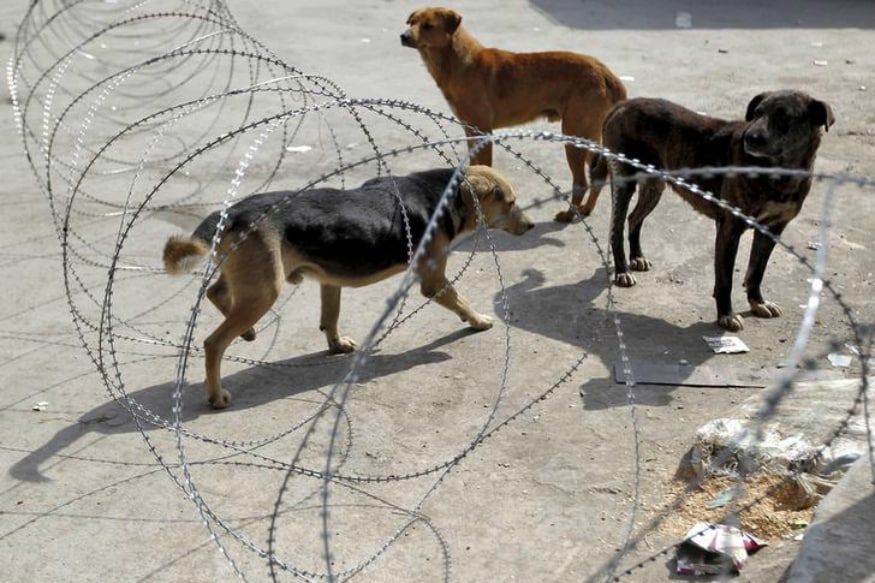
Current estimates put the total Indian free-ranging dog population at roughly 59 million (Gompper 2014). Since on the whole, respondents expressed the desire for a reduction in dog population, we suggest decreasing the carrying capacity of the environment by targeting these three food sources.įree-ranging dogs are an integral component of the urban ecology of Indian cities. Further, we found that garbage, although significant, is a secondary food source to household-maintained dogs. Crucially, as low as 10 to 18% of houses supported the large population of dogs, highlighting the need for residents to act responsibly towards the dogs. The density of houses, bakeries and garbage piles were significant predictors of dog population size.

We found that dog population varied from 192 to 1888 per square kilometre across a gradient of housing densities. We also conducted a qualitative survey to assess attitudes of residents towards the dog population.

We conducted a photographic capture-recapture survey of free-ranging dogs to estimate population size and linked it to the availability of potential food sources.

We used a mixed methods approach to understand both ecological and sociological underpinnings of free-ranging dog-human relationships in Bangalore, India. Given the high number of humans attacked by dogs every year in India, and the lack of an effective population control strategy, we seek to provide insights into the conflict and propose alternative population management options based on reducing the carrying capacity of the environment. The relationship between these dogs and humans can range from one of dependence, to apathy, to conflict.

Across the developing world, humans and free-ranging domestic dogs share common spaces.


 0 kommentar(er)
0 kommentar(er)
